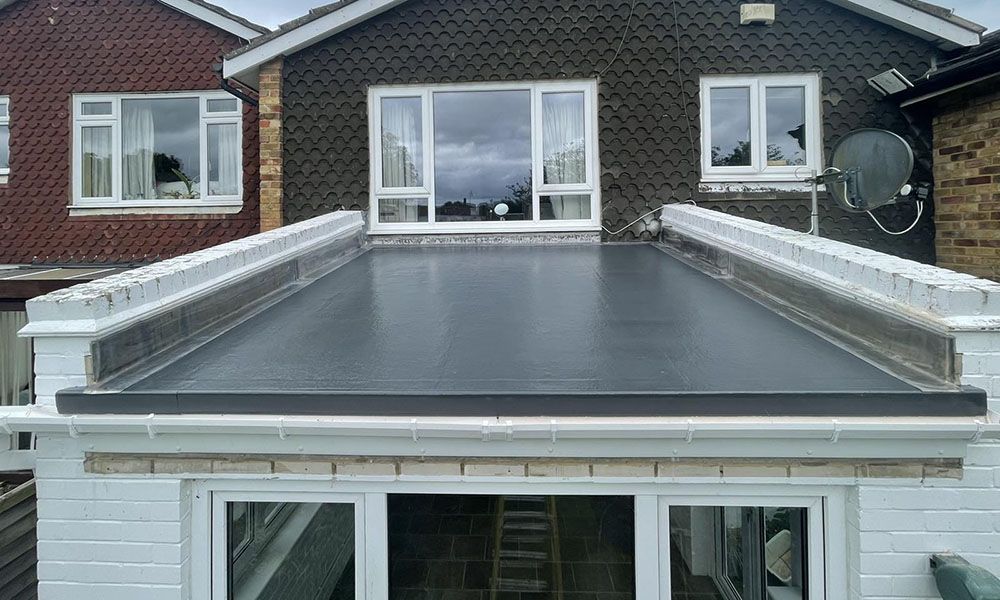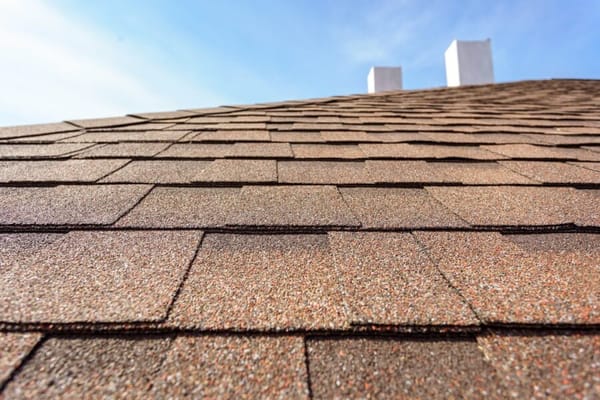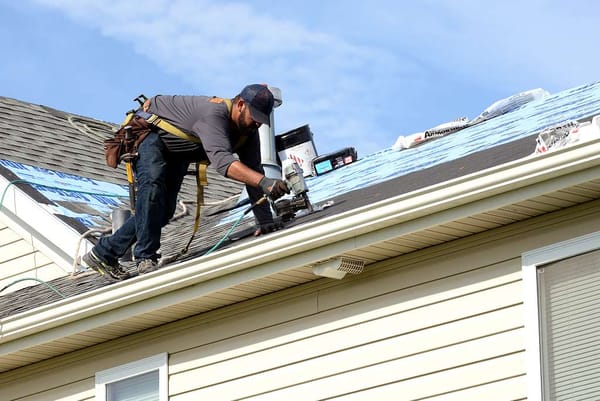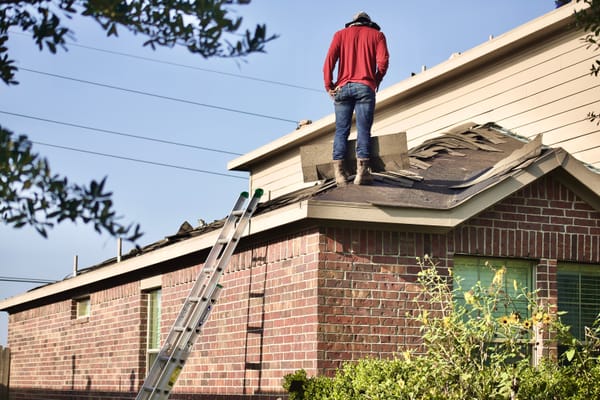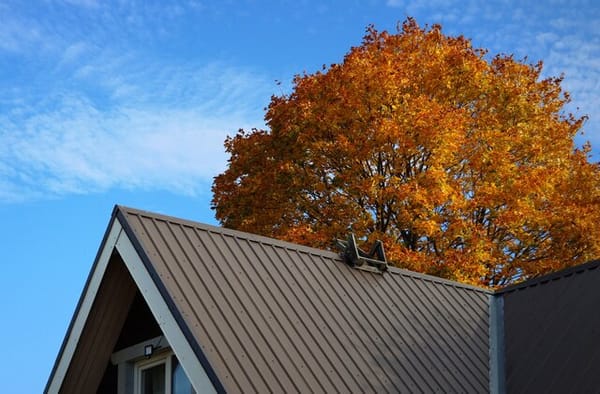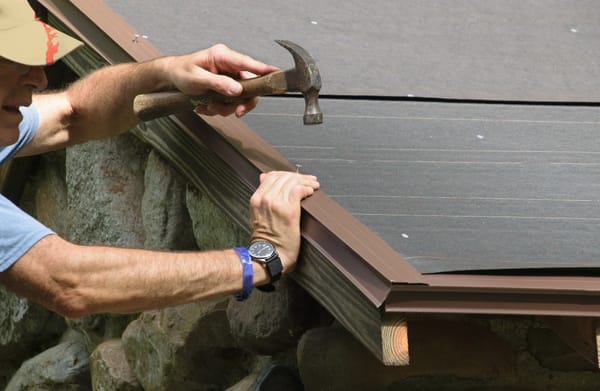Flat roofs, an integral element of modern architecture, are popular for both residential and commercial buildings due to their cost-effectiveness and efficient use of space. However, the primary challenge these structures face is water leakage, resulting from their low slopes. A flat roof waterproofing solution is therefore critical to prevent water infiltration, increase roof lifespan, and reduce maintenance costs.
What is Flat Roof Waterproofing?
Flat roof waterproofing is a process involving the application of waterproof materials to prevent water seepage into a building's interior. It's a vital practice in maintaining the health and longevity of a flat roof, protecting it from the damaging effects of water infiltration, such as mold growth, structural instability, and decreased insulation performance.
Types of Flat Roof Waterproofing Systems
There are several types of flat roof waterproofing methods, each with unique benefits and potential challenges:
Liquid Waterproofing
This method involves applying a liquid waterproof membrane over the surface of the roof. Once cured, this membrane forms a seamless, flexible layer resistant to water leakage.
Bituminous Waterproofing
This solution uses a bitumen-based membrane applied to the roof's surface. It's known for its durability and resistance to extreme weather conditions.
PVC Membrane
This type of waterproofing involves laying a PVC membrane over the roof surface, providing high durability and a wide range of temperature tolerances.
Rubberized Asphalt
This method uses a rubberized asphalt membrane that offers excellent adhesion and water resistance.
Thermoplastic Membranes
These materials, such as TPO or EPDM, are lightweight, resistant to UV radiation, and offer superior waterproofing properties.
Importance of Flat Roof Waterproofing
Flat roof waterproofing holds immense significance in ensuring the functionality and durability of a building. It protects the structural integrity of the roof, preventing damage to insulation and potential mold growth. Waterproofing also adds to the longevity of your roof, reducing the need for frequent repairs or replacements.
Furthermore, waterproofing aids in energy conservation. A properly waterproofed roof helps to maintain the indoor temperature of a building, reducing the load on HVAC systems, and consequently, energy costs.
Choosing the Right Waterproofing Solution
The ideal waterproofing solution depends on various factors such as the building's architecture, the local climate, and your budget. A professional assessment can help determine the best choice. Here are a few considerations:
Budget
While some waterproofing solutions might be more affordable initially, they might not offer long-term cost-effectiveness. Consider both the initial costs and long-term maintenance costs.
Climate
Different materials perform better under specific climate conditions. For instance, rubberized asphalt is highly resistant to fluctuating temperatures, while PVC membrane is UV-resistant and ideal for sun-drenched areas.
Professional Consultation
Engage a waterproofing expert to examine your building's structure and suggest the most suitable waterproofing solution.
Maintenance of a Waterproofed Flat Roof
Regular maintenance checks are necessary after the initial waterproofing. Check for signs of damage, such as cracks, blisters, or punctures, especially after extreme weather events. Early detection of problems can save you from extensive repair work and higher costs in the future.
Understanding the Waterproofing Process
To better appreciate the importance of flat roof waterproofing, it is useful to understand the process involved. The specific steps may vary slightly based on the material used, but generally, the waterproofing process follows a common sequence:
Surface Preparation
This step involves cleaning the roof surface to remove debris, dust, and existing coatings. It might also include repairs to address cracks, blisters, or other physical damage to ensure a smooth application of the waterproofing material.
Primer Application
A primer is applied to enhance the adhesion of the waterproofing membrane to the roof surface. This step is crucial to ensure that the waterproofing layer doesn't peel or blister.
Waterproofing Application
The waterproofing material is applied in this step. For liquid membranes, the material is typically rolled or sprayed on. For membrane sheets (e.g., PVC or bituminous membranes), the sheets are rolled out and adhered using heat or a special adhesive.
Detailing
This step focuses on applying extra waterproofing material to areas more prone to water infiltration, such as roof joints, edges, and around protrusions like vents or skylights.
Protection and Finish
The final step often involves applying a protective layer or finish to enhance durability, provide UV resistance, or improve aesthetics. Some finishes also increase reflectivity to further improve energy efficiency.
Modern Advances in Flat Roof Waterproofing
With technological advancements, newer solutions are continuously being developed in the realm of flat roof waterproofing. These modern techniques focus on improving application efficiency, enhancing durability, and promoting environmental sustainability.
One such advancement is the incorporation of nanotechnology in waterproofing materials. Nano-enhanced materials offer superior waterproofing properties and better resistance to UV radiation and temperature variations.
Another innovation is the development of "cool roofs" using highly reflective and emissive materials. These roofs not only waterproof but also help maintain lower roof temperatures, reducing energy consumption and urban heat island effects.
Waterproofing and Sustainability
Flat roof waterproofing is not only a necessary step towards efficient maintenance but also plays a vital role in promoting sustainability. Waterproofing helps maintain a building's thermal efficiency, leading to reduced energy consumption.
Moreover, choosing eco-friendly waterproofing materials can significantly minimize environmental impact. Many modern waterproofing solutions, such as TPO or EPDM membranes, are recyclable and have a lower carbon footprint.
Final Thoughts
Navigating the vast array of flat roof waterproofing options may seem daunting at first, but understanding each method's unique advantages simplifies the decision. Reinforced bitumen membranes, traditionally installed using hot bitumen or cold adhesive, continue to be popular due to their durability and resilience. Similarly, single-ply membranes, such as PVC roofing and synthetic rubber black membrane, offer excellent waterproofing properties and are increasingly preferred for their ease of installation.
The installation process for these waterproof materials is key to achieving waterproof flat roofs. Whether it's ensuring a secure bond to the roof deck with a single-ply membrane or achieving a firm grip with a polyester carrier in the case of bitumen membranes, careful execution is crucial.
Regular roof maintenance is equally essential after the installation of the roof membrane, ensuring the longevity of your flat roofing. A well-executed waterproofing process paired with routine maintenance significantly enhances the lifespan of your roof, ultimately providing a secure, leak-free environment for your property. These strategies offer a robust solution to waterproofing challenges, making them a worthwhile investment for property owners and managers alike.

